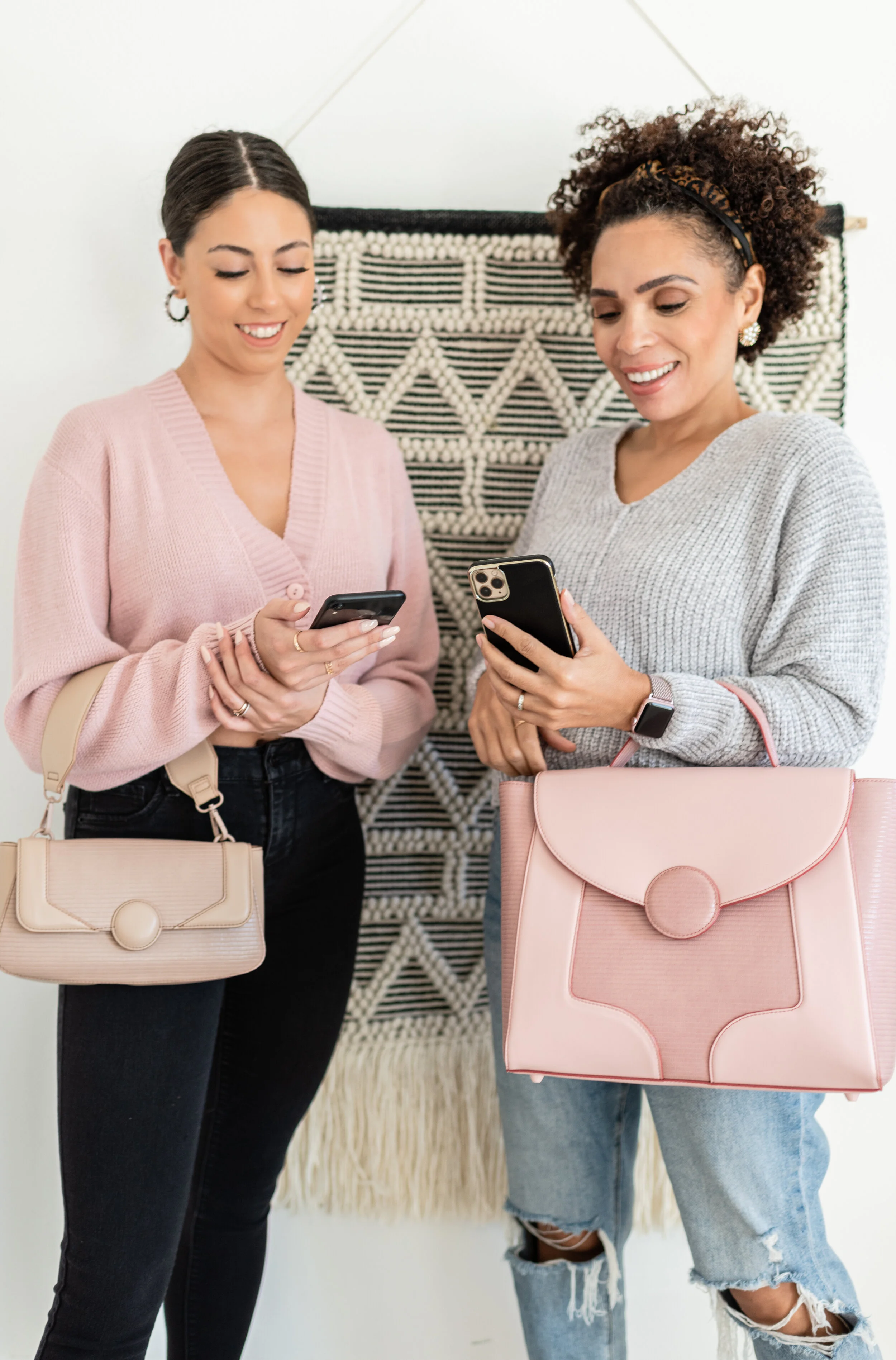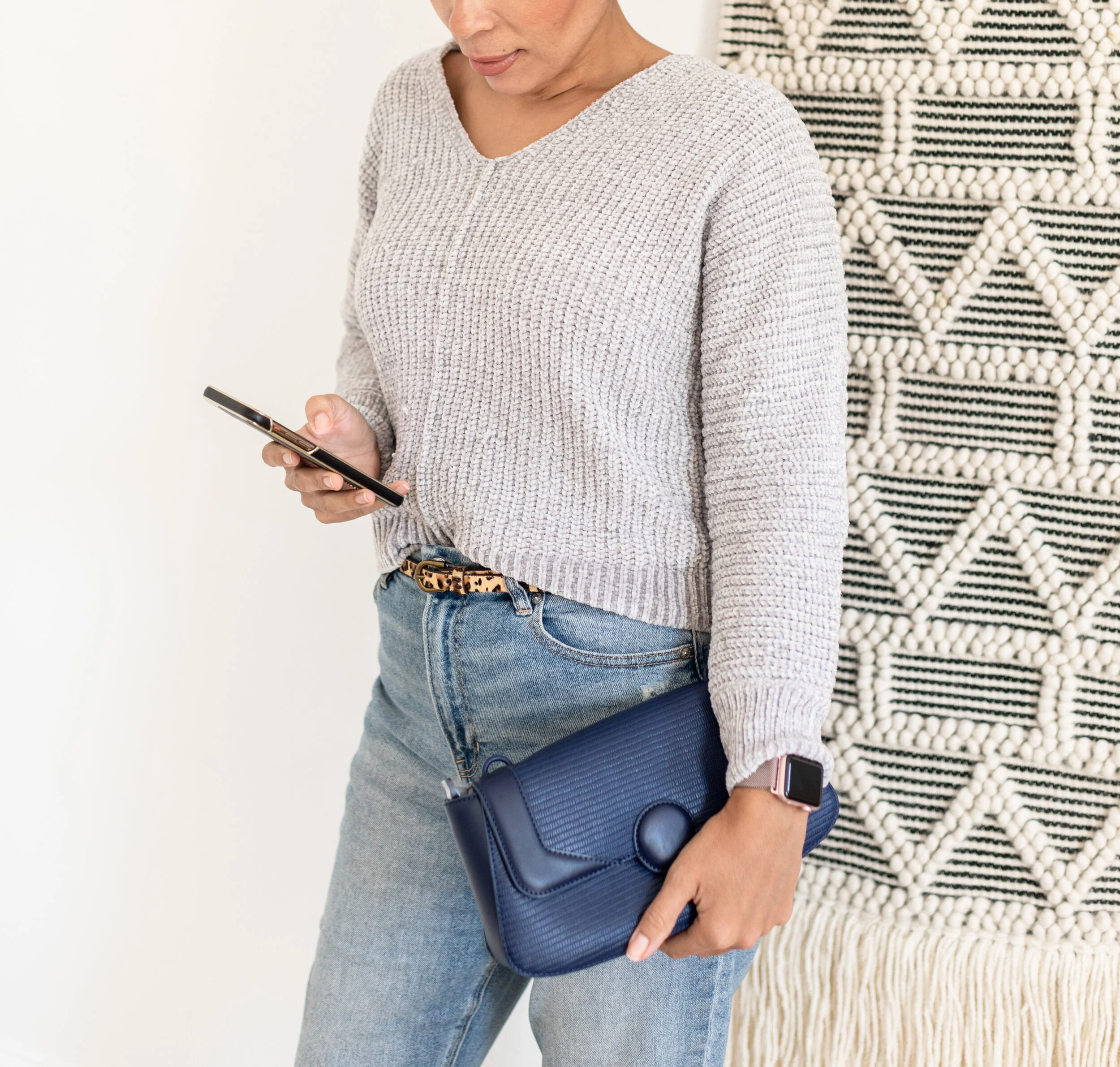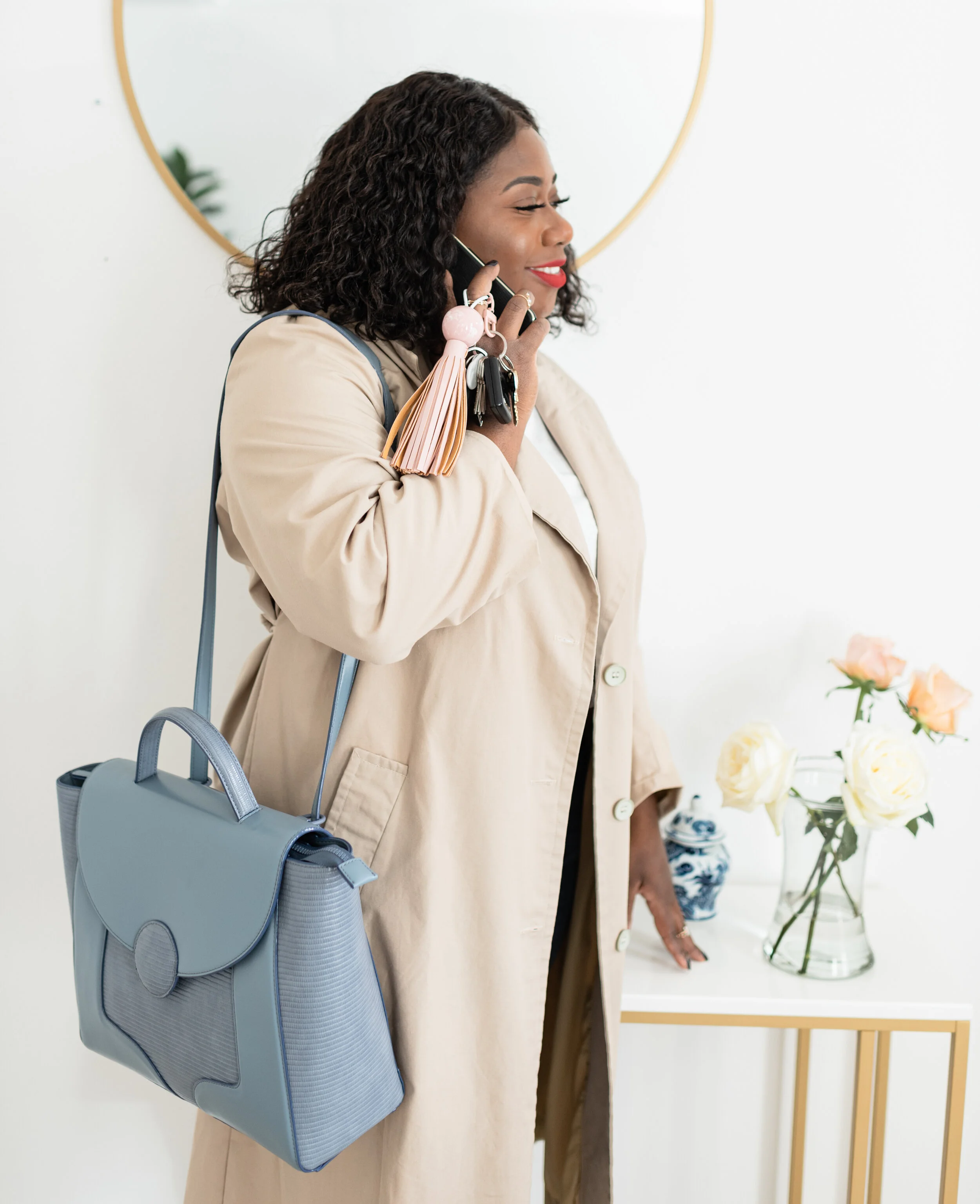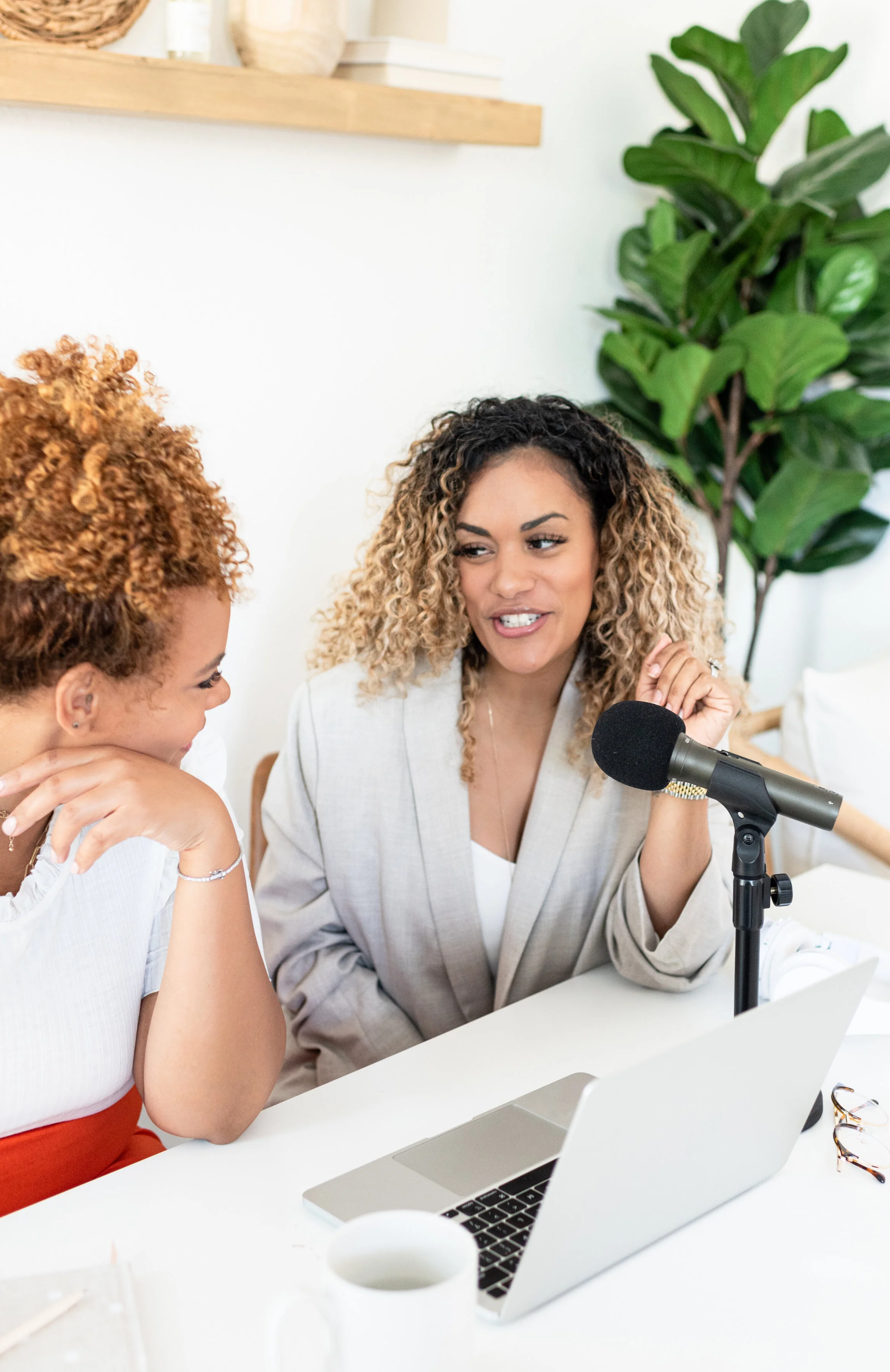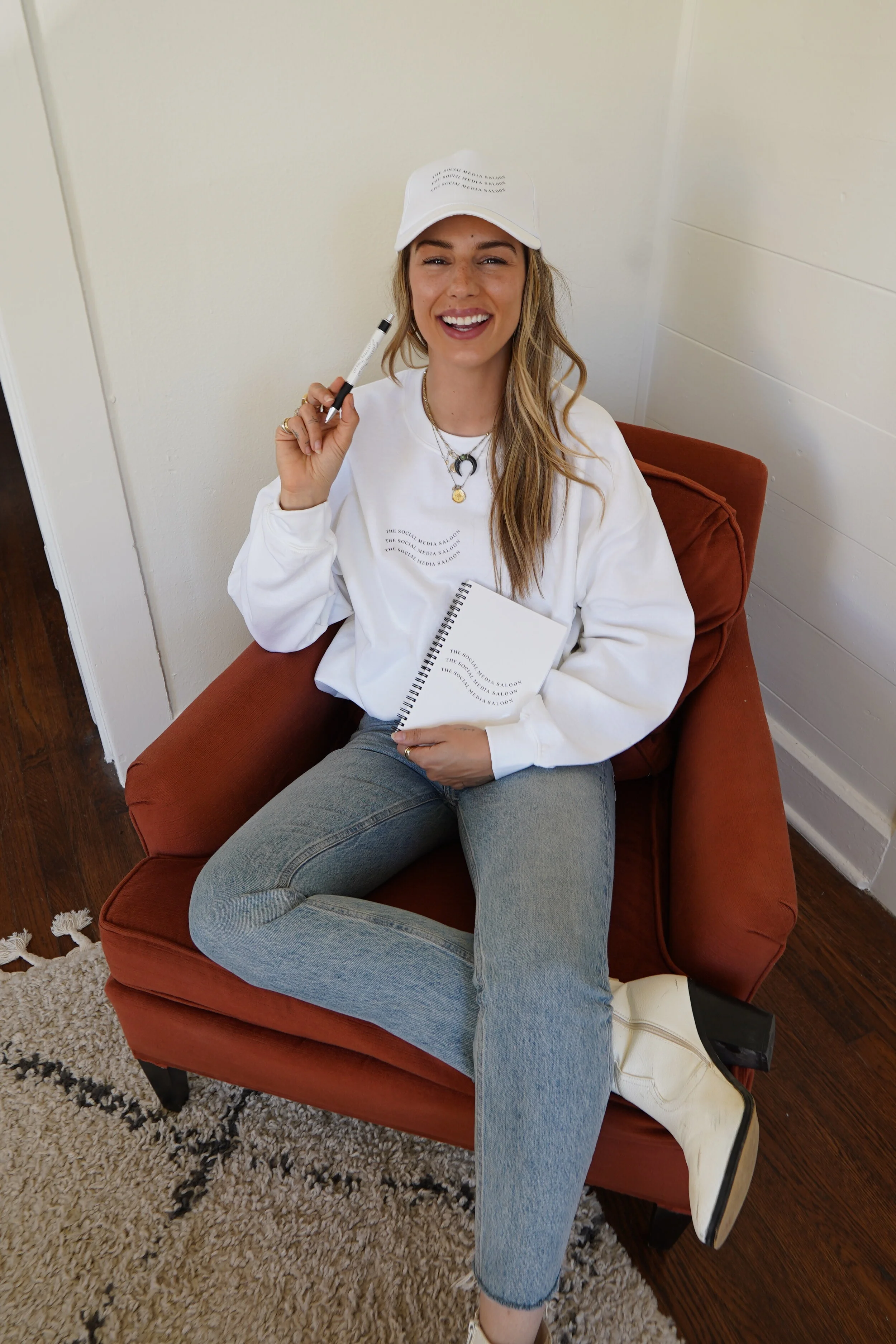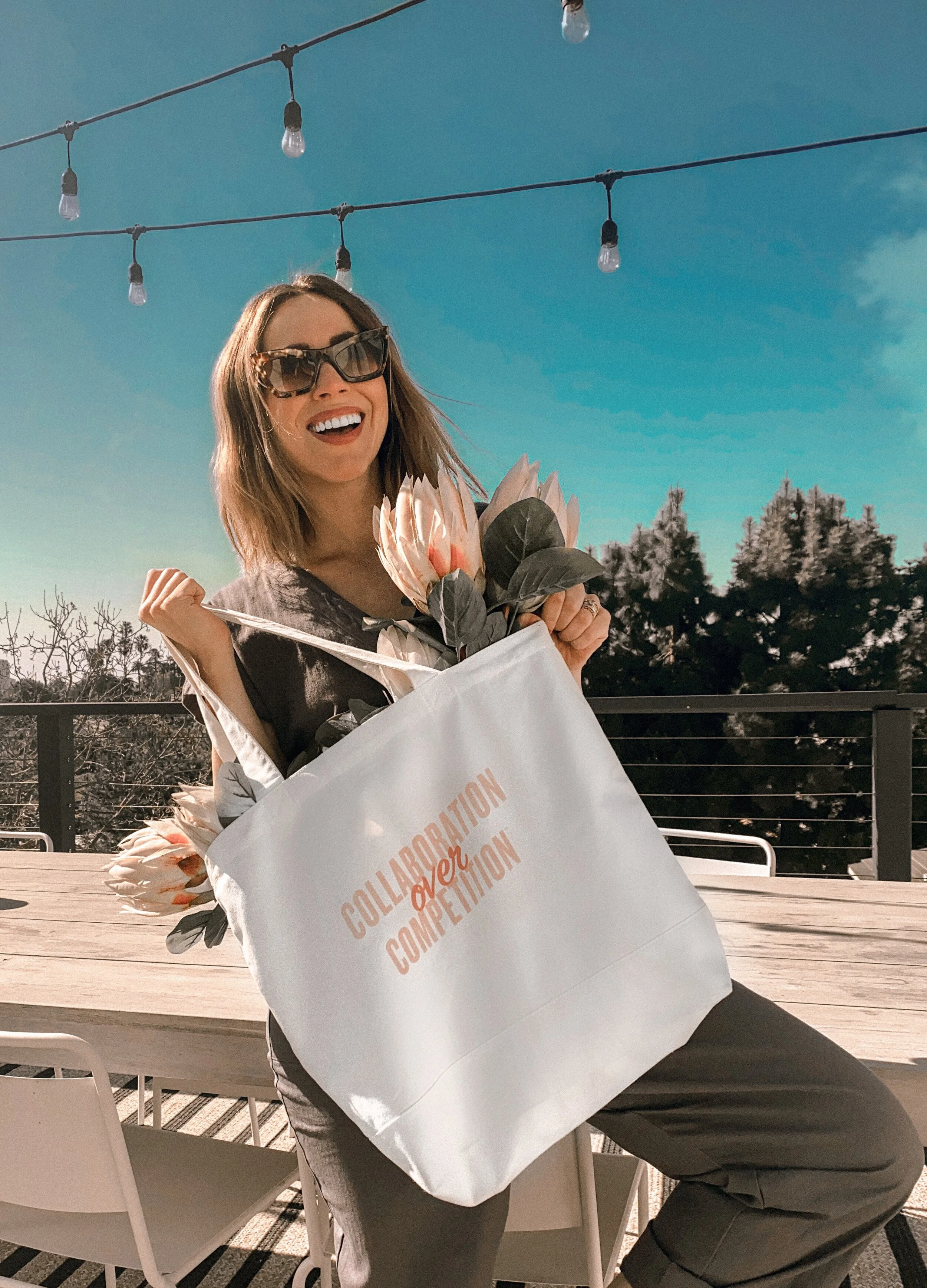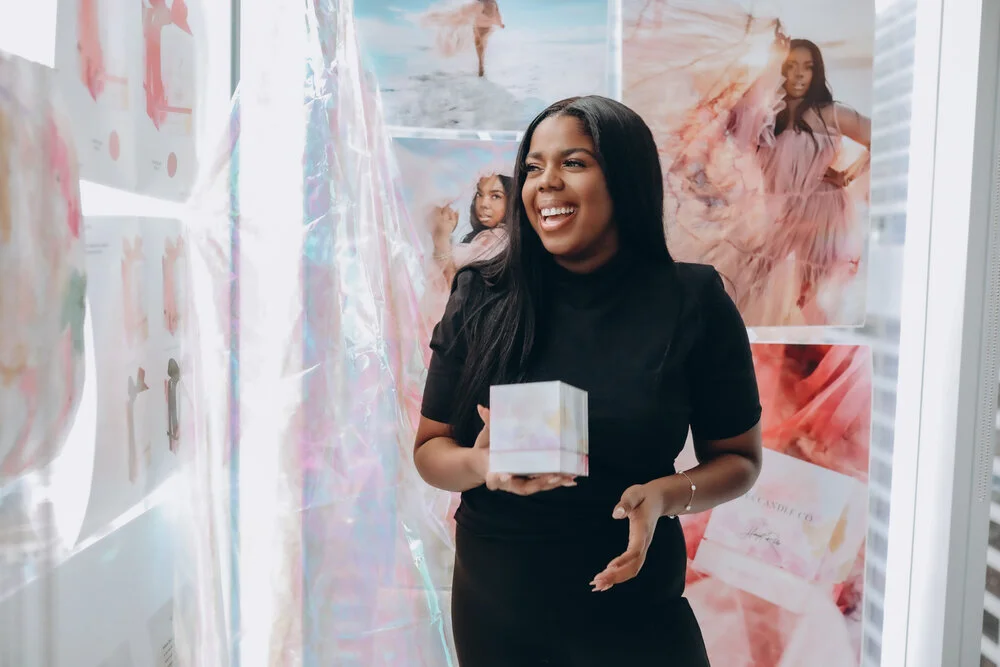Email marketing wasn't always seen as the powerhouse marketing tactic it is today. It’s easy to see why it was often overlooked, being around since the beginning of time (Well, the 90s at least!) It wasn't as nearly as sexy to talk about like TikTok, NFTs, and the Metaverse. But when it comes to hard numbers, email marketing simply converts better than other marketing channels. With analytics baked into email marketing platforms - like open rates, click-through rates, and conversion - it’s super easy to measure, test, pull insights, and optimize.
For growing brands, in particular, email marketing offers a big advantage because you’re delivering your content to an audience that wants it. Unlike other channels, where you’re making bets that someone might like what you have to say, your email recipients have already opted in to receive your content. This means they have a higher likelihood of interacting with content, if it's relevant and compelling.
Having worked with a range of businesses, from founder-led startups to major retailers, to building their brands, here’s some hot tips on how you can create an email marketing plan that grows your audiences, and keeps them coming back for more.
1. Automate, automate, automate.
While sometimes ignored by users of marketing platforms, automation is probably one of the best features of email marketing. Why? Once your automation is set up, a ton of brand engagement and retargeting work is done in the background, while delivering new insights in an always-on capacity.
When we work with new brands, we always look at multiple email marketing “flows” that can be setup separately from the usual daily or weekly branded newsletter. These series of emails are sent automatically at timed intervals and triggered by on-sight user actions. Typical examples include:
A welcome flow for new signups
Post-purchase flow
Abandon cart
Abandon browse
It's helpful to think of email flows as a series of communications that are building a larger narrative arc. For our client The Honeypot Co., we created a post-purchase series, to move customers from purchase to a deeper connection with the “why” behind the brand. From there, we’d encourage them to try additional products, review, and share on the products they had purchased. We kept things interesting by missing up the product-focused emails, brand purpose content, and even added in an emoji-filled story about running out of tampons.
2. Test… but not too much.
Different testing tactics will work better for different brands. Do you have a strong founder story? Experiment with sending emails that come directly from the brand founder. Maybe these are even text only to create the feel of a personal email. Creating urgency with a limited offer, or adding some mystery or intrigue to your email will entice your audience to click through.
You won’t know until you try it out, and testing one tactic against another in A/B testing will give you 1:1 comparisons you can apply to future campaigns. But a word of caution - make sure your tests are set up to give you actionable insights. A/B tests one variable (for instance two different subject lines) at a time, not 10. And pay attention to the cadence of your testing. For Two Blind Brothers, we took the approach of “one big swing” a month. We would do what had worked historically for most of our marketing emails, then try something radically new for a random email.
3. Be reliable, but don’t forget to evolve.
Brand consistency is one thing, but monotony is another. It's easy to get stuck in a rut where brands use the same design templates and subject line conventions for every email. These can start to look like white noise to recipients.
This is especially true if you’re not doing a new product drop every week. When you’ve got a static product line or service offerings, it’s all about repositioning what you have and finding new ways to show the same products. With our client Truffle, a brand that makes sustainable travel bags, they tended only to release a couple of new products a season. Each month we had to get creative using seasonal themes to anchor the brand storytelling, while layering new ways to talk about their core line. We used influencer content to curate edits of products, travel stories that contextualized the products, and reviews from happy customers to bring in personal experiences.
About the author: Katie Klencheski is the Founder and Creative Director of SMAKK, a branding and growth studio whose mission is to help values-led clients build world-changing brands. Katie applies her expertise across content creation, e-commerce, social media, marketing, and digital experiences toward changing consumer behavior, leading to purchasing decisions that are better for people and the planet.






